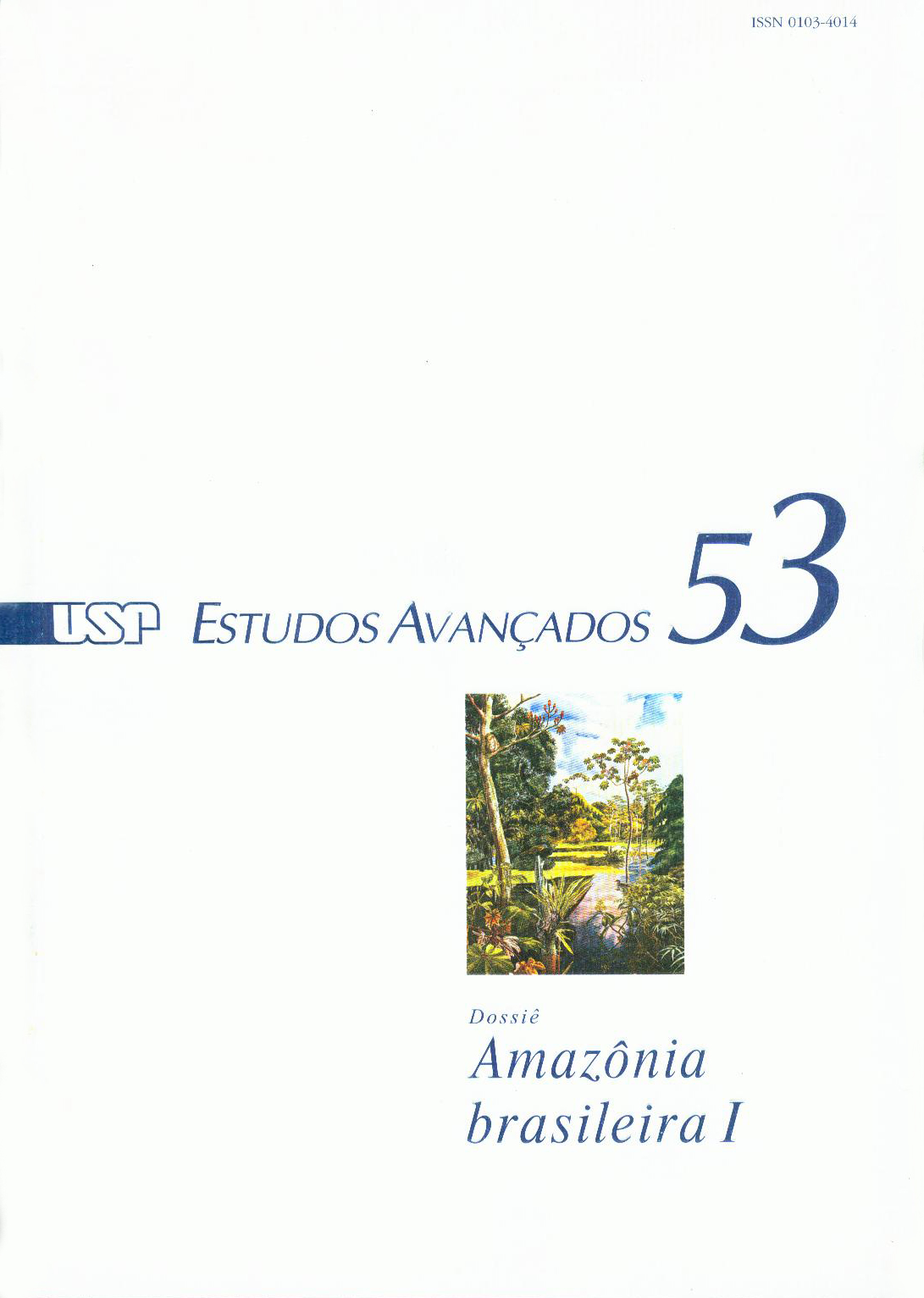Emissões de queimadas em ecossistemas da América do Sul
Keywords:
Biomass burning, Climate change, Atmospheric numerical modelingAbstract
THE VEGETATION fires in tropical areas of the Earth are important sources of pollutants to the atmosphere. In South America, during the winter months, an area, mainly of cerrado and forest ecosystems, of approximately 40 thousand square kilometers is burned annually. The biomass burning occurs primarily in Amazon and Central of Brazil regions, but through atmospheric transport these emissions results in a spatial distribution of smoke over an extent area, of about 4-5 millions of square kilometers, much higher than the area where the fires are concentrated. During the combustion process are emitted to the atmosphere gases pollutants and aerosol particles that interact efficiently with radiation, microphysics process, dynamic of cloud formation and the air quality. The effects of these emissions exceed, therefore, the local scale and affect regionally the composition and physical and chemical properties of the South America atmosphere and neighborhood oceanic areas, with potential impact in a global scale.Downloads
Download data is not yet available.
Downloads
Published
2005-04-01
Issue
Section
Dossiê Amazônia Brasileira I
License
Estudos Avançados não celebra contrato de cessão de direitos autorais com seus colaboradores, razão pela qual não detém os direitos autorais dos artigos publicados. Os interessados em reproduzir artigos publicados na revista devem necessariamente obter o consentimento do autor e atribuir devidamente os créditos ao periódico.
How to Cite
Freitas, S. R., Longo, K. M., Dias, M. A. F. S., & Dias, P. L. S. (2005). Emissões de queimadas em ecossistemas da América do Sul . Estudos Avançados, 19(53), 167-185. https://www.journals.usp.br/eav/article/view/10053


